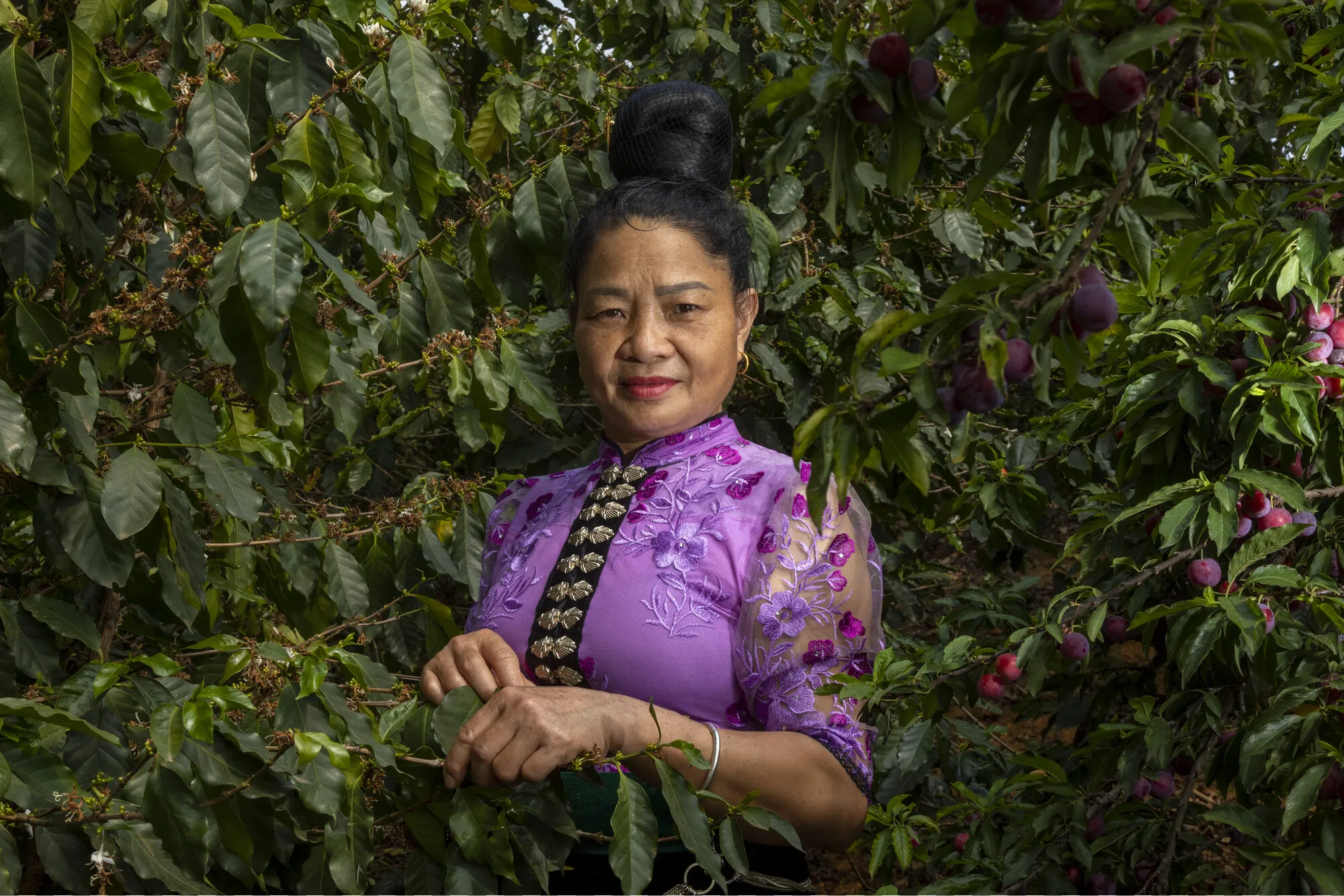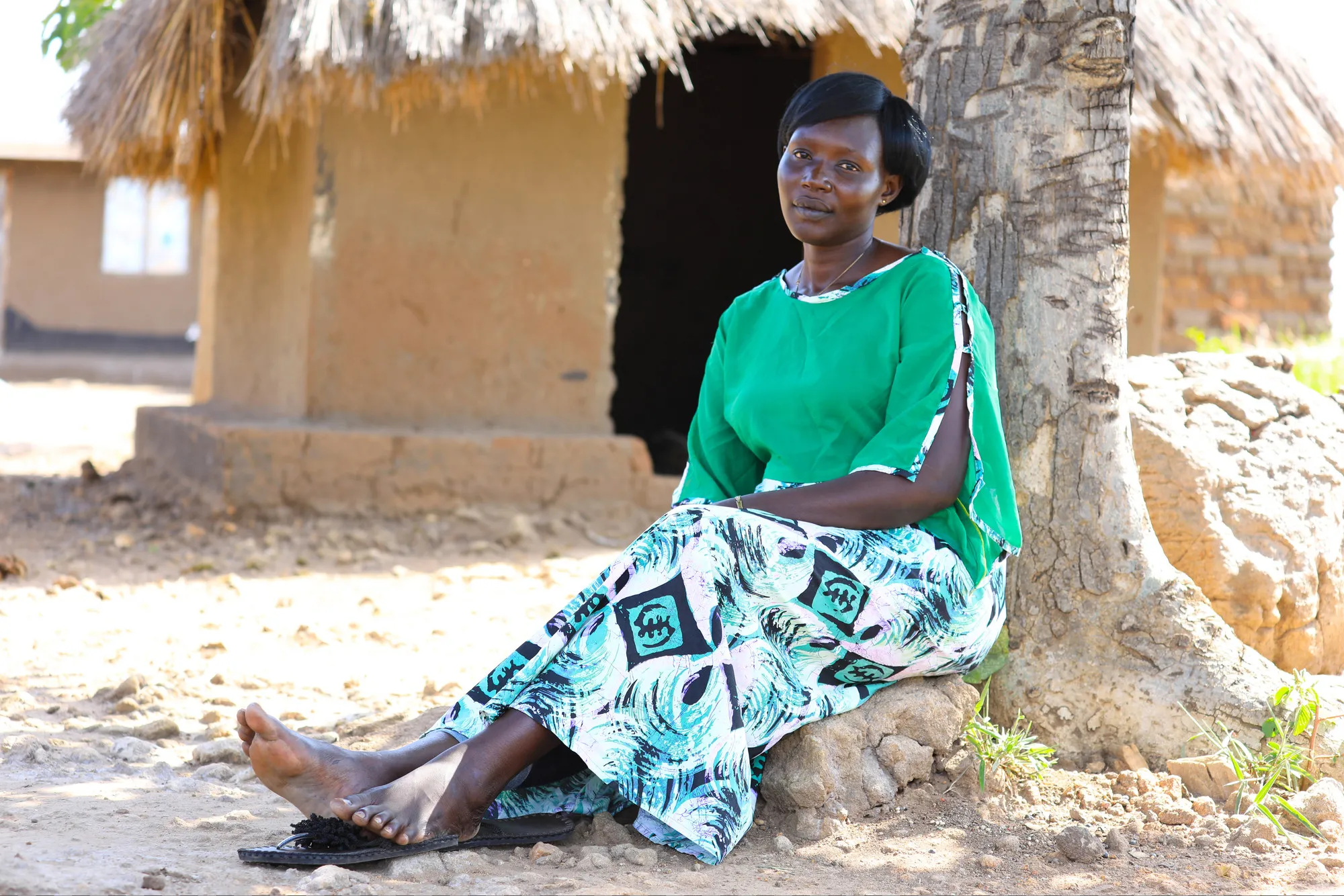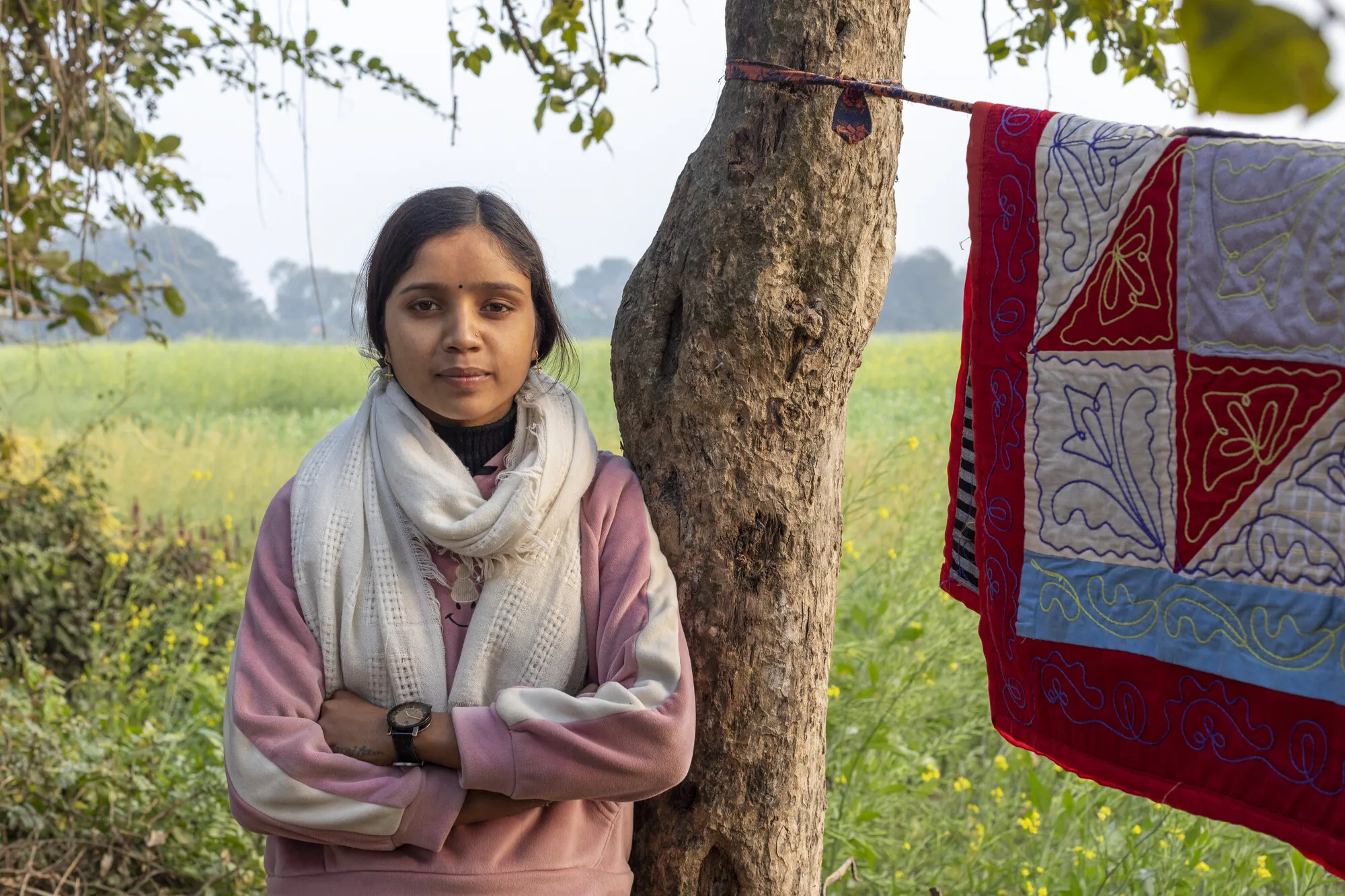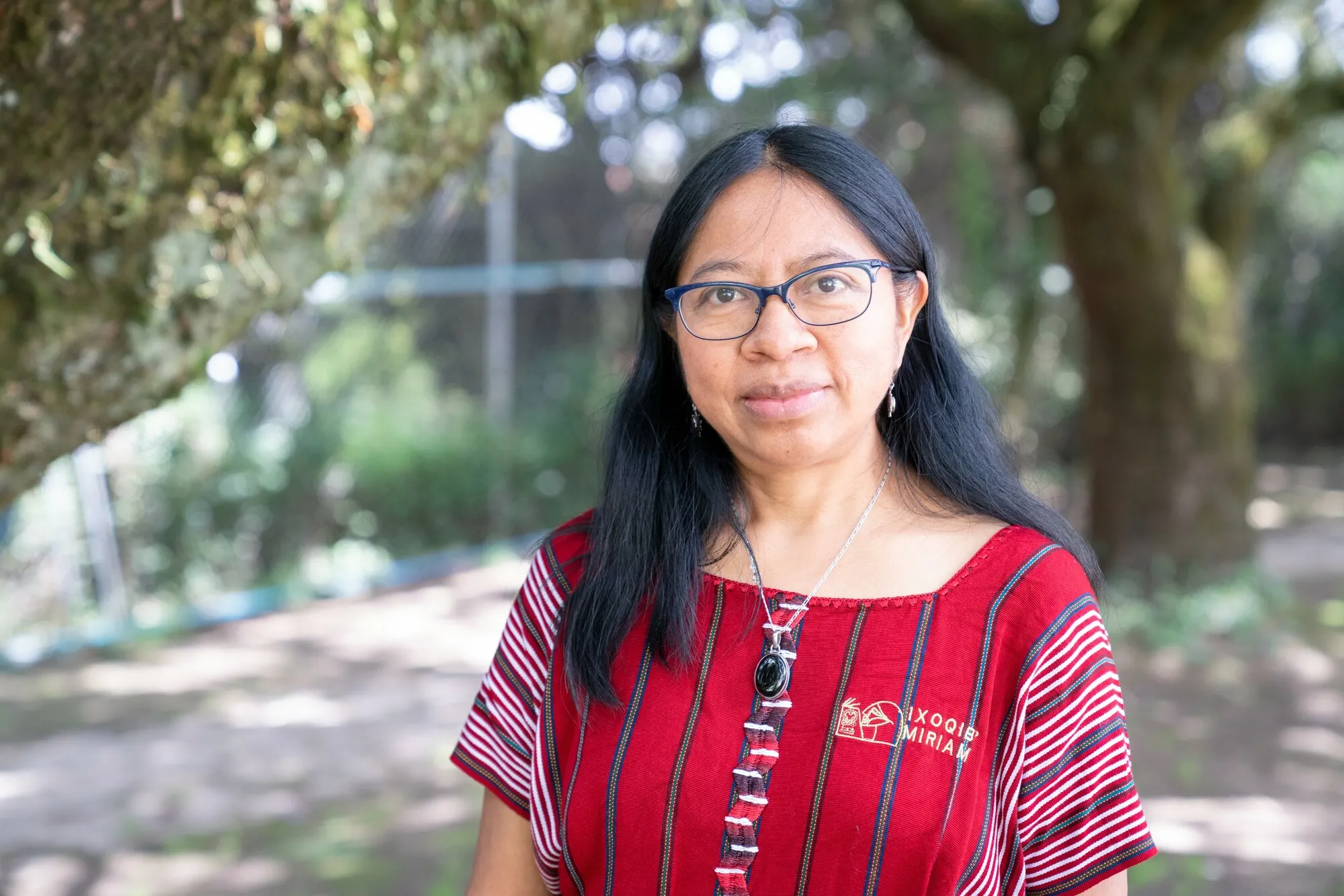Since 2015, we have helped 16.5 million women & girls increase their empowerment & gender equality.
This means more girls and women are speaking out about the issues that affect them, making decisions about their home and family as equals with their partner, working together for change in their communities, accessing services that meet their needs, and so much more as a result of our programs worldwide.
To create these kinds of changes for all the women and girls we work with, across more than 100 countries, we have to put gender equality at the center of everything. Here are four ways we’re doing this.
Women and girls set the priorities
It might seem obvious, but one of the simplest ways to prioritize the needs of women and girls is to ask them what they want.
We’re listening to women’s experiences through initiatives such as Women Respond, which helps us understand the challenges women face and ensures CARE as an organization is heading in the right direction.
For example, our March 2023 Her Voice report highlighted how crises, including conflict and climate change, are intensifying insecurity and gender-based violence.
In all our programs, including in emergencies, we’re placing a greater emphasis on understanding the specific risks women and girls face and taking steps to improve their safety.
We’re also supporting women and girls to choose how they want to make those changes. For girls like Sunita in Nepal, this meant talking to others her age about what mattered to them and approaching local government to make changes.
“We started with a small community of girls in our village, but this didn’t seem sufficient to tackle the challenges we faced so we brought many communities together and formed Girls’ Rights Forums at three different levels,” Sunita says.




